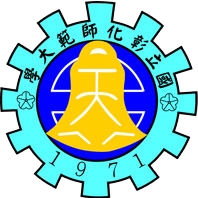SDG7.2.3 Does your university as a body have a process for carbon management and reducing carbon dioxide emissions?-2021
- In accordance with the Ministry of Education’s regulations, NCUE has achieved electricity saving of at least 1% annually, thereby effectively reducing the amount of carbon dioxide emissions.
- We have formulated the ‘NCUE’s key implementation points to promote energy conservation and carbon reduction’, which focus on management measures for power and water conservation, energy saving for lighting and air conditioning, and environmental education. The purpose is to reduce our carbon footprint and carbon dioxide emissions (see Annex 7.2.3A).
- The megawatt-size energy storage pilot system at our Bao-Shan Campus was officially launched on June 17, 2020 (see photo-1). The system can store electrical energy during off-peak hours (at night) and release it during peak hours (in the day) to achieve the load transfer effect (see photo-2). This reduces the peak output of coal-fired thermal units, thereby reducing the power plants’ carbon emissions. In addition, using energy storage to lower the peak load and boost the off-peak load allows the load curve to be evened out for the entire day. This reduces the maximum line current and lowers power transmission losses by approximately 3%, thereby achieving energy saving and carbon reduction.
- Annex 7.2.3B-Press release for the launch ceremony of the Megawatt-level Energy Storage Pilot System (public website: https://www.ncue.edu.tw/p/404-1000-2856.php?Lang=zh-tw)

photo-1: Press conference at launch ceremony for the megawatt-size energy storage pilot system

photo-2: Invitation to the launch ceremony for the megawatt-size energy storage pilot system

photo-3: Megawatt-size energy storage pilot system

photo-4: Load transfer effect
Click Num:

